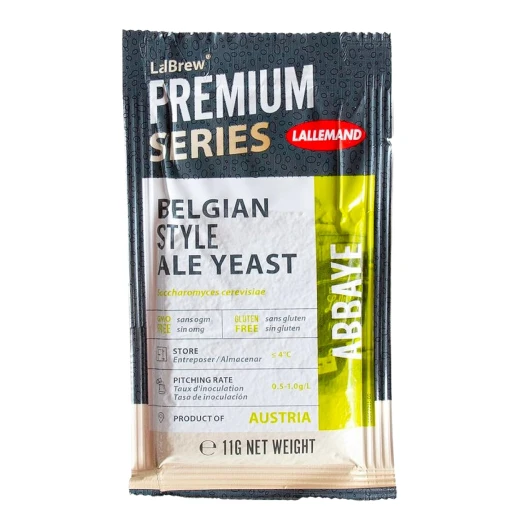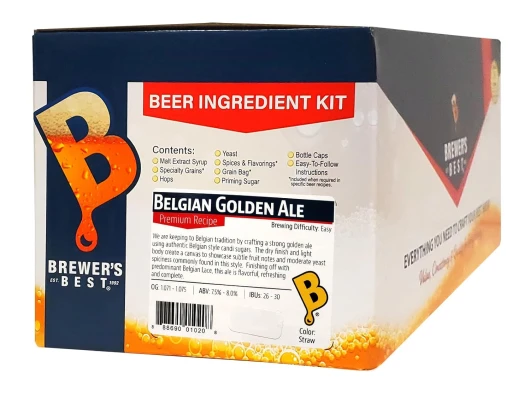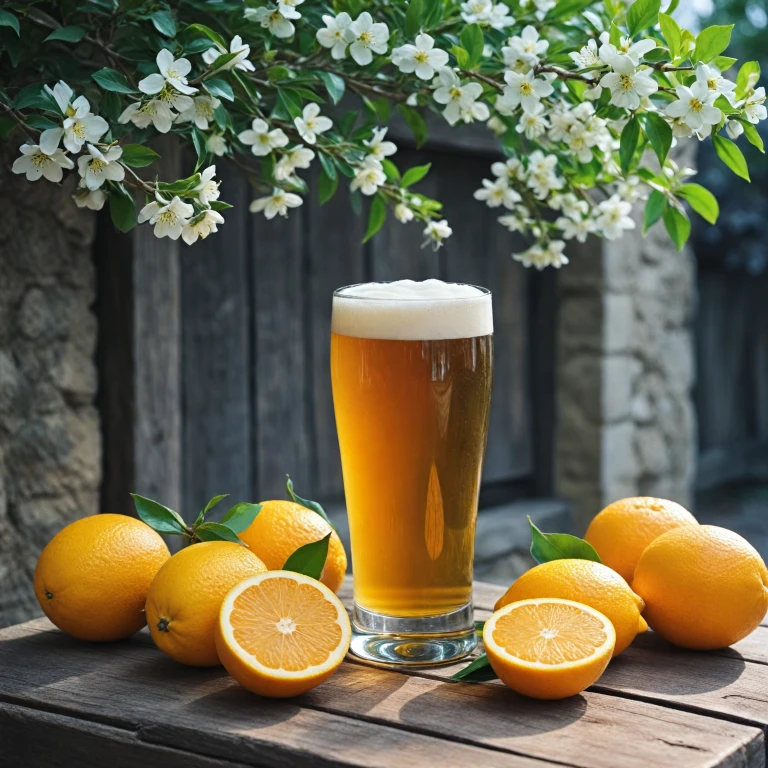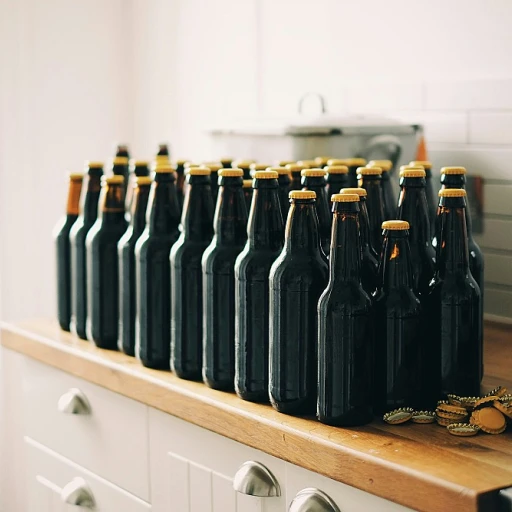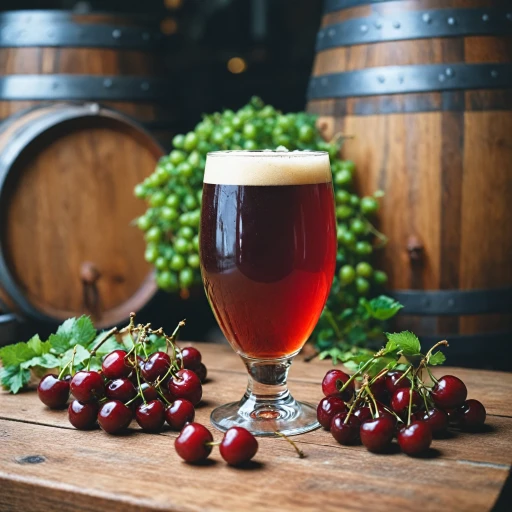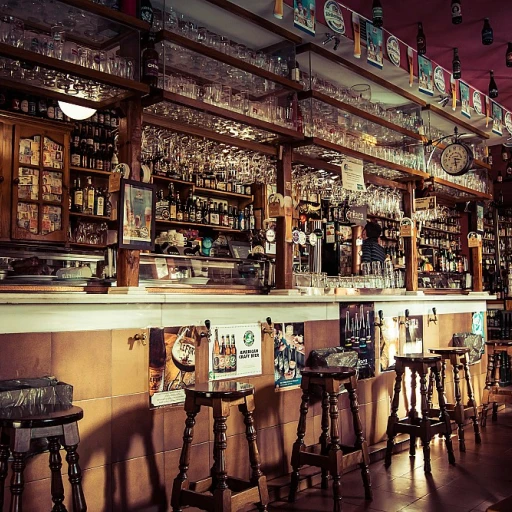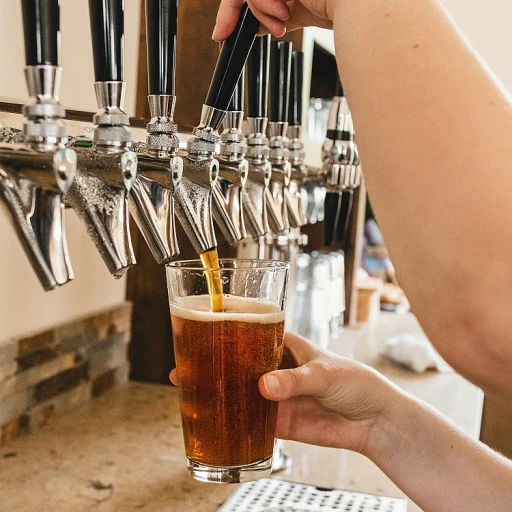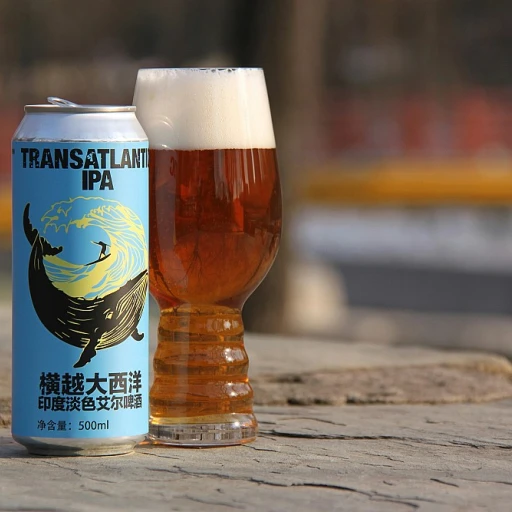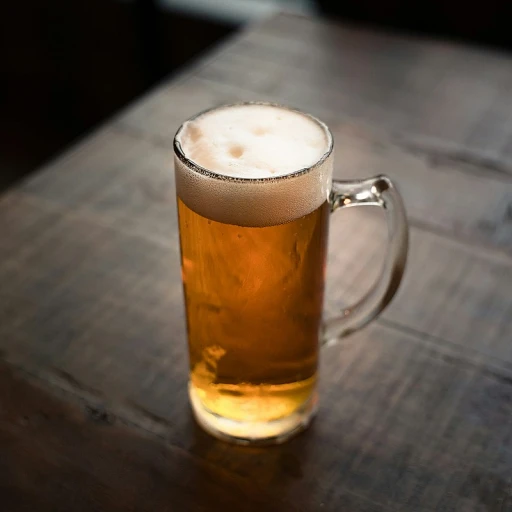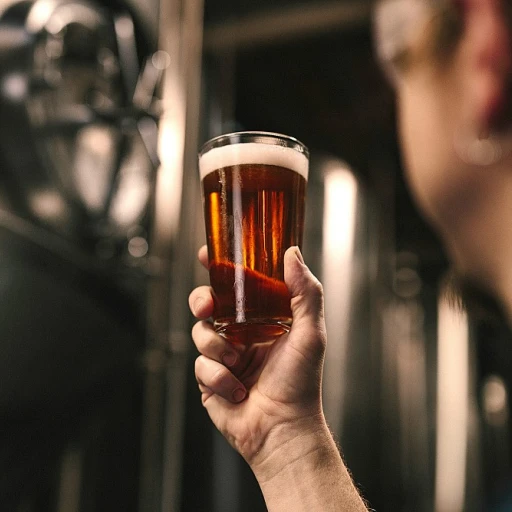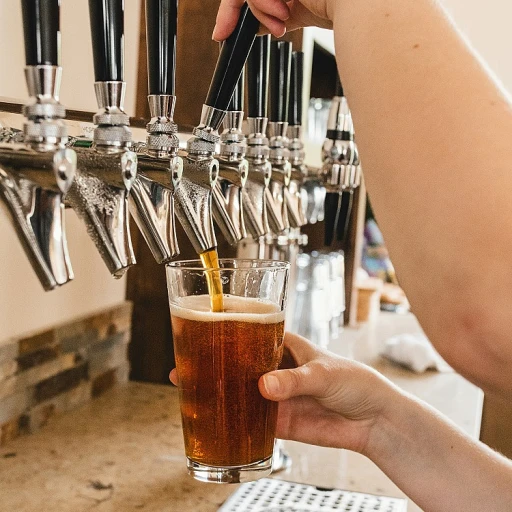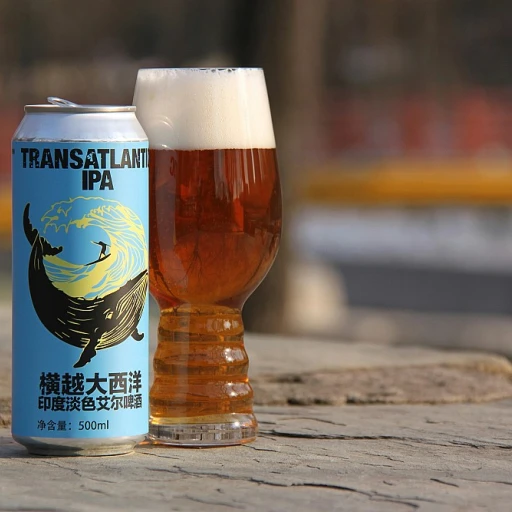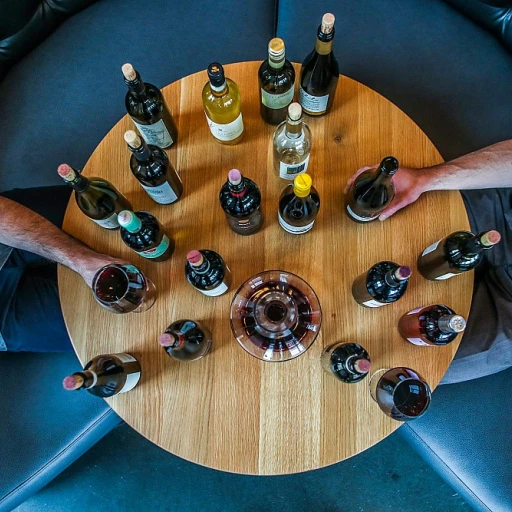
The Origins of Belgian White Ale
Tracing Back the Historic Roots
Belgian white ale, also known as "witbier," is a classic style that traces its origins to the Belgian countryside. This delightful brew has been enjoyed for centuries and is deeply rooted in the region's brewing traditions. Despite the challenges it faced over the years, the white ale's refreshing profile has made it a beloved choice among beer aficionados worldwide.A Glimpse into the Past
This ale's history began in the brewing towns of Belgium, where local ingredients like wheat, barley, and distinctive spices came together to create a unique beverage. Notably, the use of spices like coriander and orange peel was an innovative approach that set this ale apart from other beers of its time. As you explore the intricacies of Belgian ales, you might also be intrigued by the allure of Belgian quadrupel, another noteworthy style that showcases the diversity and depth of Belgium's beer culture.Revival and Modern Influence
Belgian white ale experienced a significant revival in the latter half of the 20th century, spearheaded by passionate brewers dedicated to preserving its heritage. Today, it enjoys global popularity, with numerous breweries adding their twist to the traditional recipe, continuously enticing new generations of beer lovers. As you delve into the alluring taste and intricate brewing techniques, you'll find that the story of witbier is indeed a fascinating chapter in the history of beer.Tasting Notes and Flavor Profile
Embarking on a Flavorful Journey
Belgian white ale, also known as witbier, is a delightful beer experience that starts with a light, cloudy appearance. This haze is due to the high proportion of wheat used in its brewing, combined with the presence of suspended yeast. When you take your first sip, you can expect a harmonious blend of flavors. Prominent notes of orange peel and coriander are immediately noticeable, creating a refreshing and citrusy character. These elements are often accompanied by subtle hints of spices and herbs, which can vary slightly depending on the brewery's unique recipe. One of the defining features of Belgian white ale is its light to medium body, which is smooth and slightly creamy on the palate. This texture complements its mild bitterness, resulting in a balanced taste profile that appeals to both beer novices and connoisseurs alike. The finish is typically crisp and clean, leaving a lingering citrus aftertaste that encourages another sip. For those who appreciate a less intense hop presence, this style offers a gentle, aromatic experience compared to more hop-forward beers. For a deeper dive into the flavor profiles of Belgian ales, you might find the "rich flavors of Tripel Karmeliet" to be an exciting exploration.Brewing Techniques and Ingredients
Art of Crafting this Beloved Witbier
The creation of a Belgian white ale, often referred to as witbier, is a meticulous process that requires a well-balanced blend of both traditional and innovative brewing techniques. The exquisite taste of this ale begins with its cornerstone ingredients, which contribute to its unique and refreshing character. The brewing process of Belgian white ale typically involves the use of a mash bill that includes a significant portion of wheat malt, giving the ale its distinctive cloudy appearance. This is combined with malted barley, creating a smooth and velvety texture that complements its zesty flavors. What truly sets this ale apart is the inclusion of spices such as coriander and orange peel. These botanicals are added towards the end of the boiling process, infusing the ale with a bright citrus aroma and a hint of spice that leaves a lasting impression on the palate. Traditional Belgian white ale brewing methods favor a relatively light hopping, allowing the spices and wheat to stand out in the flavor profile. The hop varieties used often include noble hops, known for their mild and delicate bitterness that harmonizes well with the other ingredients. Yeast selection is another crucial element in crafting a Belgian white ale. Belgian ale yeast strains are often chosen for their ability to produce subtle fruity esters and spicy phenols, which enhance the complexity of flavors beyond the grains and spices themselves. For a delightful seasonal twist on this classic style, you might be interested in how certain ales, like the iconically festive Delirium Noel, put a winter spin on traditional brewing techniques. These variations allow brewers to bring in complementary flavors while still capturing the essence of a classic witbier. Each batch of Belgian white ale tells a story through its carefully selected ingredients and intricate brewing techniques, maintaining a balance of tradition and creativity that continues to captivate beer enthusiasts worldwide.Popular Belgian White Ales to Try
Must-Try Belgian White Ales
Belgian white ale, with its rich history and unique flavor profile, has captured the hearts and palates of many beer enthusiasts. The combination of traditional brewing techniques and innovative ingredients makes these beers stand out. Here are a few renowned Belgian white ales worth sampling:
- Hoegaarden: Often considered the original Belgian white ale, Hoegaarden is known for its subtle notes of coriander and orange peel. It's light and refreshing, making it a perfect choice for those venturing into the world of Belgian beers.
- Allagash White: This American interpretation stays true to Belgian roots, offering a balance of citrus and spice with a slightly cloudy appearance. Its smooth taste has made it a favorite among Belgian white ale aficionados.
- Wittekerke: Brewed by Brouwerij Bavik, Wittekerke is another classic example of a Belgian white ale, with its delicate hints of lemon and herbs. The crisp finish makes it an excellent thirst quencher.
- Celis White: Named after Pierre Celis, a pivotal figure in reviving this beer style, Celis White embodies the heritage of Belgian white ales with its distinct taste of orange zest and coriander.
Trying these popular Belgian white ales will give you a deeper understanding of the complexity and charm that these brews offer. Don't forget to enjoy them chilled, as it enhances their refreshing qualities.
Belgian White Ale in Beer Festivals
A Belgian White Ale Experience at Festivals
Belgian white ales are often celebrated and highlighted at beer festivals around the world. These events offer a fantastic opportunity to immerse yourself in the delightful nuances of this distinctive beer style.- Experiencing the Unique Flavors: Festivals provide an excellent platform to savor the refreshing and vibrant flavors of Belgian white ales, detailed in the tasting notes and flavor profiles. The addition of orange peel and coriander often draws a crowd eager to discover the refreshing taste these ingredients impart.
- Learning from Brewers: Speak directly with the brewers who expertly bring these beers to life. They often share insights into their brewing techniques and the exact ingredients that contribute to each ale's unique character.
- Comparing Different Brews: Many festivals showcase a variety of Belgian white ales from different breweries, allowing you to compare the subtle differences between popular selections like Allagash White or Hoegaarden. Noticing these differences enhances your appreciation for the brewer's art.
- Joining a Like-minded Community: Connect with other enthusiasts and connoisseurs who appreciate the intricate blend of flavors in Belgian white ales. The festival atmosphere creates an inviting environment for discussions about preferences, brewing tips, and even favorite pairings.

